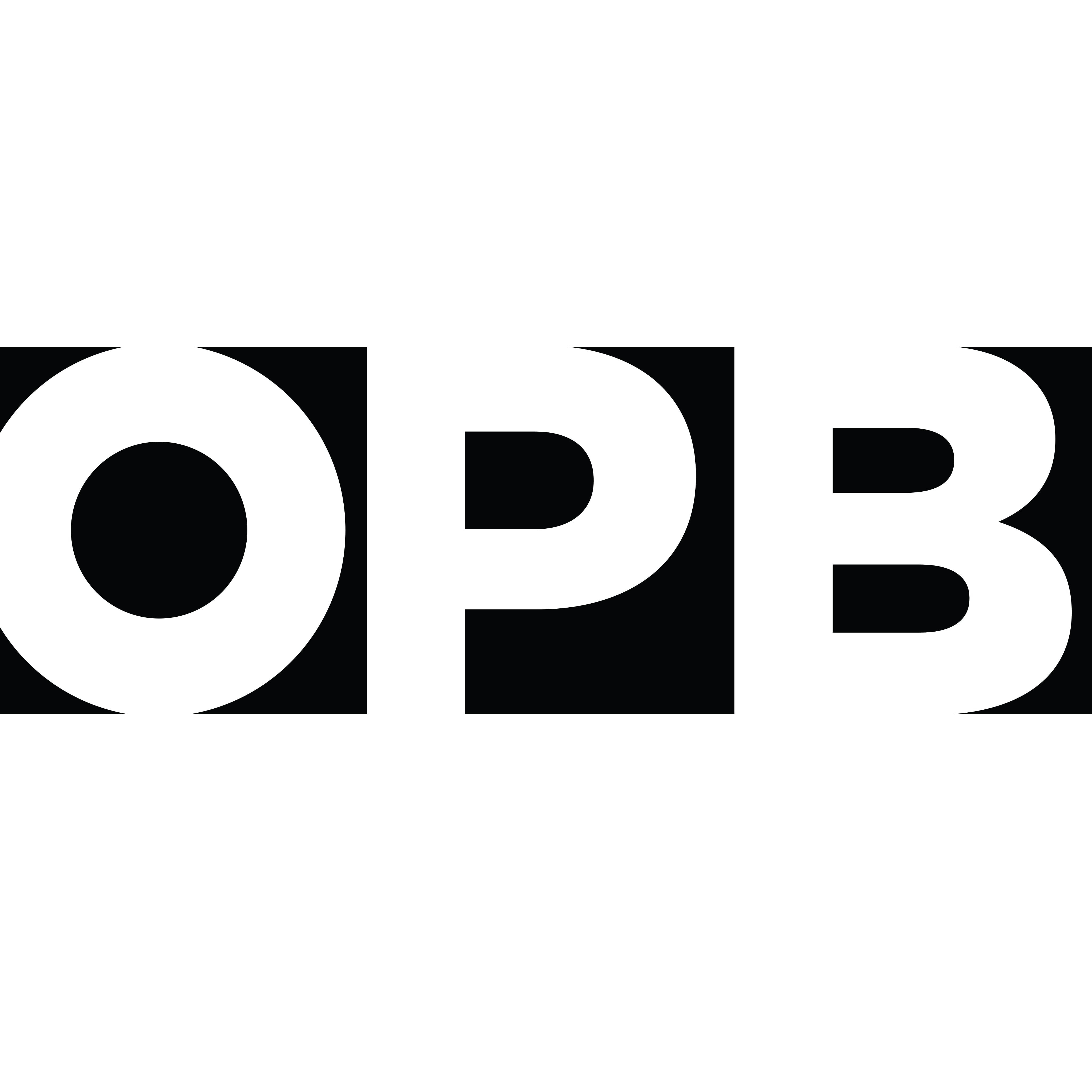The MBTA has recently studied changing CR fares with a more gradual fare increase after Zone 1A or by creating a separate off/reverse-peak pricing scheme. Of particular interest to me was reverse/off-peak pricing since I tried my hand at (crudely) estimating this earlier this year. The T estimated allowing off and reverse peak riders to pay an interzone fare even if they are using a Zone 1A station would increase annual ridership short-term by 1million (14% increase for reverse & 16% for off peak) and would decrease fare collection by $18million (35%), noting they felt like these were conservative estimates.
For comparison, I tried comparing this to my estimate using the same pricing scheme, which was that it would cost ~$25million accounting for the fare increase. And whenever I was posed with a situation about info I didn't have (ie that's not public), I made the decision that would maximize cost to the point of absurdity (eg I assumed all fares were paid with single ride tickets and no ridership increase), so my estimate should be viewed as a number larger than the actual cost. Though, based on ridership for each time, I think I'm defining "peak" slightly more broadly than the T and that would lower the cost of my estimate relative to the T's (by about 3%). If I increased ridership by the same amount the T predicts*, that would reduce cost in my estimate to ~$20.4million.
And I've also discovered that the T does release information about the usage of monthly pass vs single ride tickets (pee pages 31-32). Monthly passes account for 75% of CR rides; plugging that into my model, gives a cost of ~$16million. However, reverse/off-peak rides are probably more ad hoc than peak trips. If I were to lower the monthly pass percent to 25% (the rate for interzone tickets), then the cost would be ~$19million. If it's exactly between those with half of riders using monthly passes, then it would cost ~17.6million, around what the T estimated. However, that's assuming all the monthly passes are reduced cost, but presumably there would still be some people with full cost monthly passes riding non-peak trains. If I stick with assuming half of all rides use monthly passes, and 10% of reverse peak pass holders and 30% of off-peak pass holders use the full price pass (I'm just spitballing), then I get an estimated cost of $15million.
All that's to say that I think the T is definitely being conservative in estimating the cost.
* - It was a little more complicated than increasing reverse/off-peak ridership by 14%/16% since presumably interzone trips won't see an increase in ridership. So just looking at the trips that will get a discount, I had to increase reverse peak ridership by 21% and off-peak ridership by 19% in order to reproduce the T's overall projected ridership increase
Edit: to make this clearer:
For comparison, I tried comparing this to my estimate using the same pricing scheme, which was that it would cost ~$25million accounting for the fare increase. And whenever I was posed with a situation about info I didn't have (ie that's not public), I made the decision that would maximize cost to the point of absurdity (eg I assumed all fares were paid with single ride tickets and no ridership increase), so my estimate should be viewed as a number larger than the actual cost. Though, based on ridership for each time, I think I'm defining "peak" slightly more broadly than the T and that would lower the cost of my estimate relative to the T's (by about 3%). If I increased ridership by the same amount the T predicts*, that would reduce cost in my estimate to ~$20.4million.
And I've also discovered that the T does release information about the usage of monthly pass vs single ride tickets (pee pages 31-32). Monthly passes account for 75% of CR rides; plugging that into my model, gives a cost of ~$16million. However, reverse/off-peak rides are probably more ad hoc than peak trips. If I were to lower the monthly pass percent to 25% (the rate for interzone tickets), then the cost would be ~$19million. If it's exactly between those with half of riders using monthly passes, then it would cost ~17.6million, around what the T estimated. However, that's assuming all the monthly passes are reduced cost, but presumably there would still be some people with full cost monthly passes riding non-peak trains. If I stick with assuming half of all rides use monthly passes, and 10% of reverse peak pass holders and 30% of off-peak pass holders use the full price pass (I'm just spitballing), then I get an estimated cost of $15million.
All that's to say that I think the T is definitely being conservative in estimating the cost.
* - It was a little more complicated than increasing reverse/off-peak ridership by 14%/16% since presumably interzone trips won't see an increase in ridership. So just looking at the trips that will get a discount, I had to increase reverse peak ridership by 21% and off-peak ridership by 19% in order to reproduce the T's overall projected ridership increase
Edit: to make this clearer:
- T's estimate: $18million
- My estimate (assuming no new ridership; all single ride fares): $25million
- My estimate (T's ridership increase; all single ride fares): $20.4million
- My estimate (T's ridership increase; 75% reduced cost monthly pass): $16million
- My estimate (T's ridership increase; 50% reduced cost monthly pass): $17.6million
- My estimate (T's ridership increase; 25% reduced cost monthly pass): $19million
- My estimate (T's ridership increase; 50% monthly pass, some full price): $15million
Last edited:

